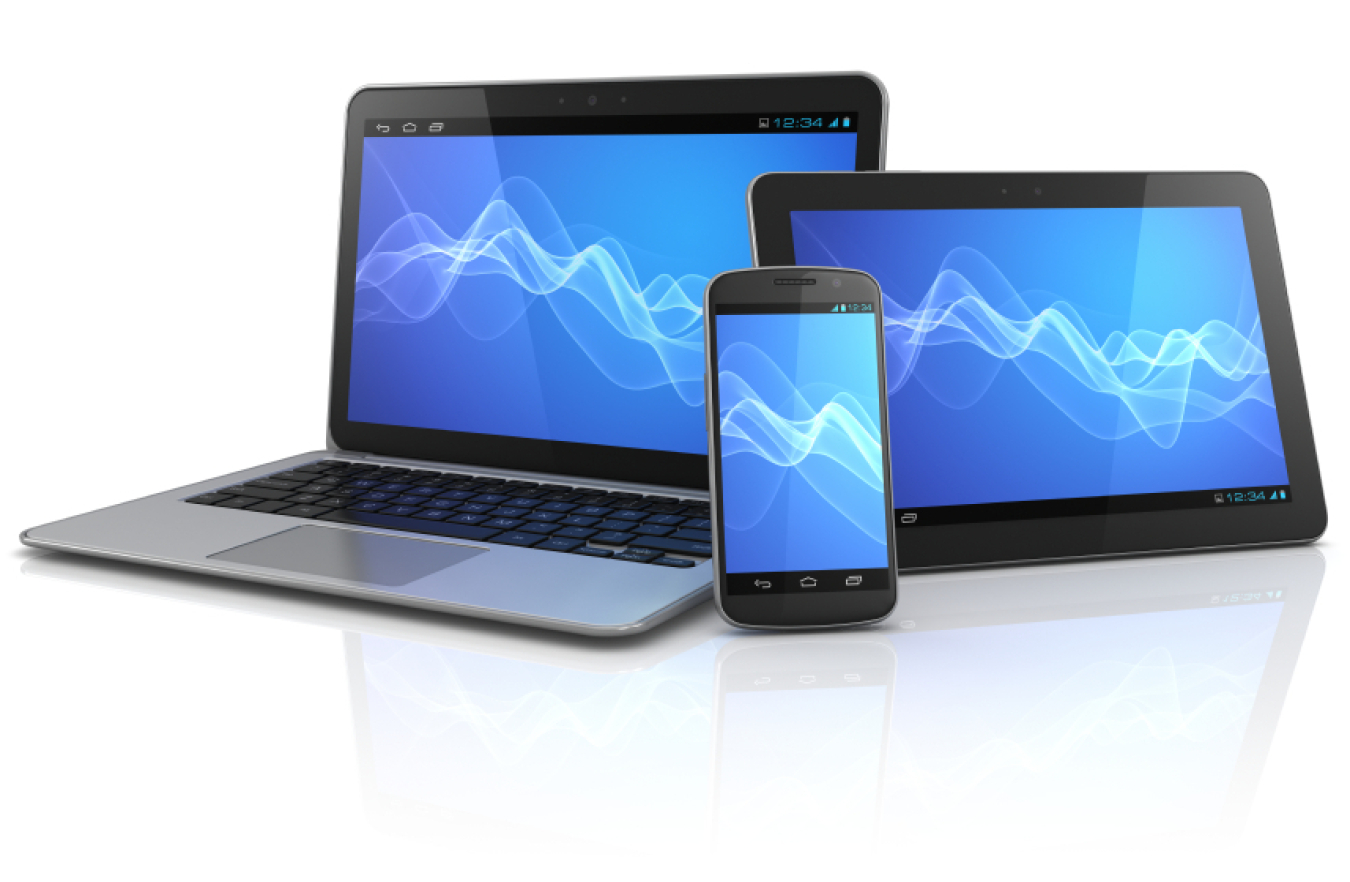Many people work from home at least one day per week. Working from home saves energy and time by cutting out the commute, but it may increase your home energy bills unless you use energy-saving office equipment.
ENERGY STAR-labeled office equipment is widely available. It can provide dramatic energy savings—as much as 75% savings for some products. Overall, ENERGY STAR-labeled office products use about half the electricity of standard equipment. Find ENERGY STAR products.
To avoid "vampire" loads, unplug non-critical equipment, or better yet connect them to a smart power strip to and use the switch on the power strip to cut all power to the appliance(s). Many appliances continue to draw a small amount of power when they are switched off. These vampire loads occur in most appliances that use electricity, such as DVD players, TVs, stereos, computers, and kitchen appliances. Unplug battery chargers when the batteries are fully charged or the chargers are not in use.
Use rechargeable batteries for products like cordless phones and digital cameras. Studies have shown they are more cost effective than disposable batteries. If you must use disposables, check with your trash removal company about safe disposal options.
Computers
If you wonder when you should turn off your personal computer for energy savings, here are some general guidelines to help you make that decision.
Let your equipment “go to sleep” after a period of inactivity. This is the single most effective means of saving energy. Though there is a small surge in energy when a computer starts up, this small amount of energy is still less than the energy used when a computer is running for long periods of time. Spending a large portion of time in low-power mode not only saves energy but helps equipment run cooler and last longer.
One misconception, carried over from the days of older mainframe computers, is that equipment lasts longer if it is never turned off. For energy savings and convenience, consider the following guidelines:
- Enable the sleep mode on your monitor if you aren't going to use your PC for more than 20 minutes.
- Switch off both the CPU and monitor if you're not going to use your PC for more than 2 hours.
Make sure your monitors, printers, and other accessories are on a power strip/surge protector. When this equipment is not in use for extended periods, switch off the power strip to prevent them from drawing power even when shut off. If you don't use a power strip, unplug extra equipment when it's not in use.
Most PCs reach the end of their "useful" life due to advances in technology long before the effects of being switched on and off multiple times have a negative impact on their service life. The less time a PC is on, the longer it will "last." PCs also produce heat, so turning them off reduces building cooling loads.
ENERGY STAR-labeled computers use 30%-65% less energy than computers without this designation, depending on usage. Consider buying a laptop for your next computer upgrade; laptops use much less energy than desktop computers.
Sleep Mode and Power Management Features

Use sleep mode and power management features on your computer to save money on your energy bill.
Many computers available today come with a sleep mode or power management feature. ENERGY STAR® estimates that using these features will save you up to $30 each year on your electricity bills. Make sure you have the power-down feature set up on your PC through your operating system software. This has to be done by you; the power management features usually are not already enabled when a computer is purchased.
ENERGY STAR monitors consume two watts or less in sleep mode. Follow the instructions for your particular model to ensure power management features are enabled so your monitor will automatically go into sleep mode after a period of inactivity. You can save even more by manually turning off your monitor when you're not using it; ENERGY STAR qualified monitors consume 1 watt or less when off.
Note that screen savers are not energy savers. Using a screen saver may in fact use more energy than not using one, and the power-down feature may not work if you have a screen saver activated. In fact, modern LCD color monitors do not need screen savers at all.
Subscribe to receive updates from Energy Saver, including new blogs, updated content, and seasonal energy saving tips for consumers and homeowners.

